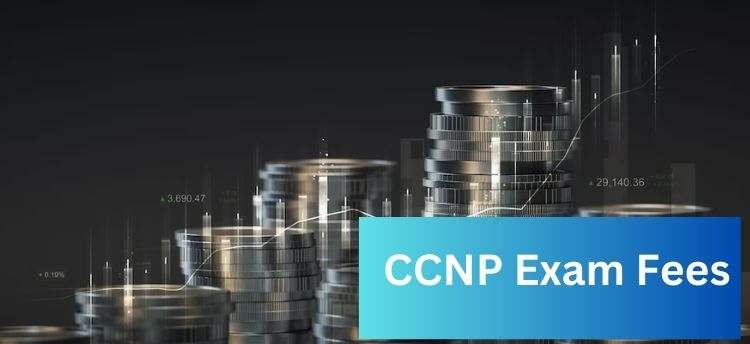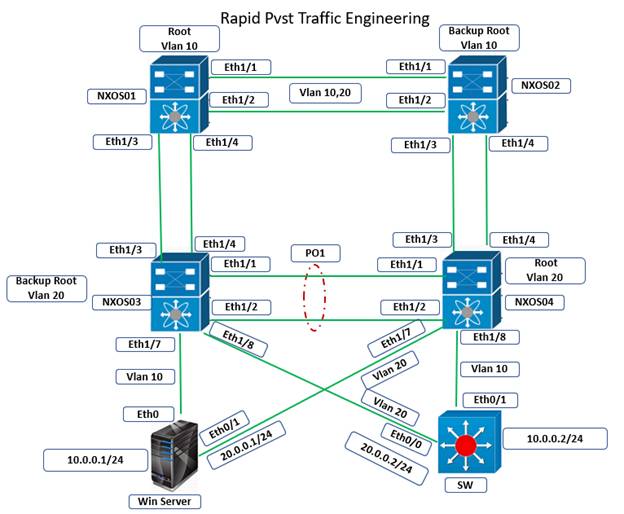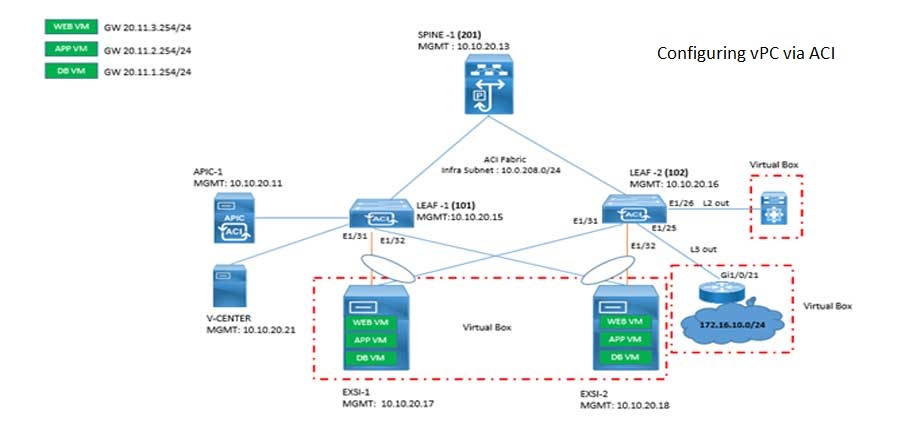
SD-WAN Introduction
SD-WAN is expanded as Software-Defined Wide Area Networking. It is a technology that simplifies the WAN management by separating the control plane, data plane and management plane from the same hardware devices. With SD-WAN, network administrators can quickly and easily optimize their network traffic, improve network performance, and provide secure connectivity to their branch offices and remote workers.
Traditional WAN
Traditional WAN used to rely on dedicated hardware devices such as routers, switches, and firewalls which has both control plane, data plane and management plane. This setup required significant amounts of time, money, and resources to manage and maintain, particularly for large enterprises with numerous branch offices and remote workers.
SD-WAN Benefits
With SD-WAN, however, network administrators can leverage the power of software to simplify the management of their WANs by separating the control plane from the underlying hardware. Network management has become easy from a centralized location for the network engineers regardless the type of network hardware being used.
One of the key advantage of SD-WAN is to improve network performance by enabling dynamic routing to route traffic across multiple paths including broadband, MPLS, and LTE. This means that organizations can increase their network bandwidth while reducing the costs associated with traditional WANs.
Other major advantage of SD-WAN is to provide enhanced security functionalities such as end-to-end encryption, threat detection and many more. It is extremely beneficial for the security conscious organizations where security and privacy of their data is on top priority such as healthcare providers, financial institutions, and government agencies.
SD-WAN provides real-time visibility into network performance which helps network administrators to quickly identify and resolve issues. Organizations can now streamline their network operations which can improve the efficiency by reducing the time and resources required to manage their WANs.
In addition, SD-WAN can help organizations to quickly and easily deploy new branch offices and remote workers by simplifying the network setup process. This is particularly beneficial for organizations that need to rapidly scale their operations or expand into new geographic regions.
Overall, SD-WAN is a powerful technology for the businesses. It provided a lot of benefits for the organizations including improved network performance, enhanced security, easy configuration and change management, and simplified network build outs.
It is considered to be an increasingly popular in the market for the small to large enterprises. As it is further gaining popularity, It's market is expected to grow exponentially in the coming years and will be deployed by thousands of organizations.
Cisco SD-WAN Components
Cisco SD-WAN solution comprises various components that work together to provide a seamless and secure network connectivity experience. Here are some of the components and how to deploy them:
1. vManage: It is a centralized management platform that provides a single pane of glass to manage the entire SD-WAN network. You can deploy vManage as a virtual machine or an appliance in your data center. Once deployed, you can use vManage to configure and monitor the entire network, including devices, policies, and applications.
2. vBond: It is a software-based orchestrator that provides secure device authentication and connectivity. You can deploy vBond in the cloud or on-premises. Once deployed, it establishes secure connections between the SD-WAN devices and the vSmart controllers.
3. vSmart: It is a centralized policy and control plane that provides application-aware routing and security policies. You can deploy vSmart as a virtual machine or an appliance in your data center. Once deployed, it communicates with the vEdge routers to enforce the policies and perform path selection.
4. vEdge: It is a software-based or hardware-based router that provides secure WAN connectivity. You can deploy vEdge as a physical device, virtual machine, or container. Once deployed, it establishes secure connections to other vEdge routers or to the vSmart controllers.
5. vAnalytics: It is an analytics and troubleshooting platform that provides deep insights into the SD-WAN network. You can deploy vAnalytics as a virtual machine or an appliance in your data center. After deployment it collects and analyzes network traffic data. This data provides deep insights into application performance, security threats, and network optimization.
Cisco SD-WAN Deployment steps
1. Plan the deployment: Define the requirements, design the topology, and identify the devices and licenses required for the deployment.
2. Install and configure the vManage: Deploy the vManage as a virtual machine or an appliance and configure it to manage the SD-WAN network.
3. Deploy the vBond: Install the vBond software and configure it to provide secure device authentication and connectivity.
4. Deploy the vSmart: Install the vSmart software and configure it to provide centralized policy and control plane.
5. Deploy the vEdge: Install the vEdge software on the routers and configure them to provide secure WAN connectivity.
6. Configure the policies: Use vSmart to define application-aware routing policies and security policies.
Test and validate the deployment: Validate the connectivity, policies, and application performance by running tests and monitoring the network.
When Cisco SD-WAN setup including controller and vedge and cedge routers are deployed. Then vManage can be used to manage, monitor and troubleshoot the network from a centralized location and optimize the performance.
Comments (0)
Categories
Popular posts


Cisco Nexus Port Channel: Configuring ...
26 Apr 2024
Configure Rapid PVST on Cisco Nexus
26 Apr 2024
Palo Alto Exam Cost: PCNSA, PCNSE & More
27 Apr 2024
Cisco ACI VPC Configuration Task Steps
6 Jan 2024Recent posts

Palo Alto Exam Cost: PCNSA, PCNSE & More
27 Apr 2024
Network Hardware Devices: Explained
26 Apr 2024
Configure Rapid PVST on Cisco Nexus
26 Apr 2024
Cisco Nexus Port Channel: Configuring ...
26 Apr 2024



